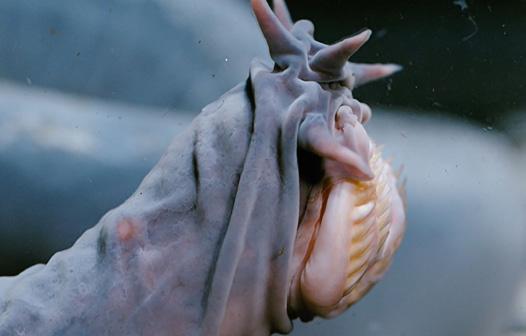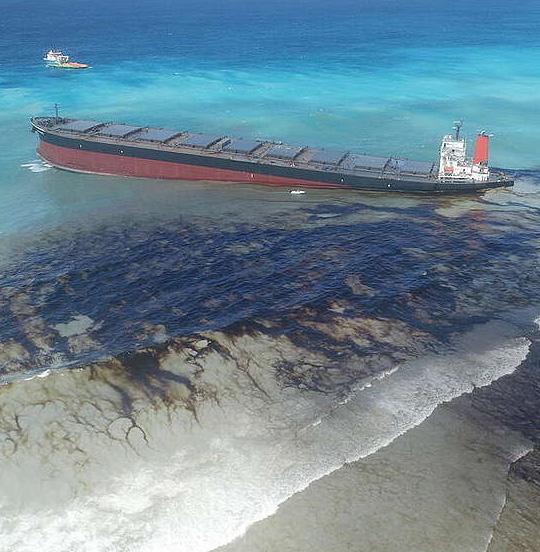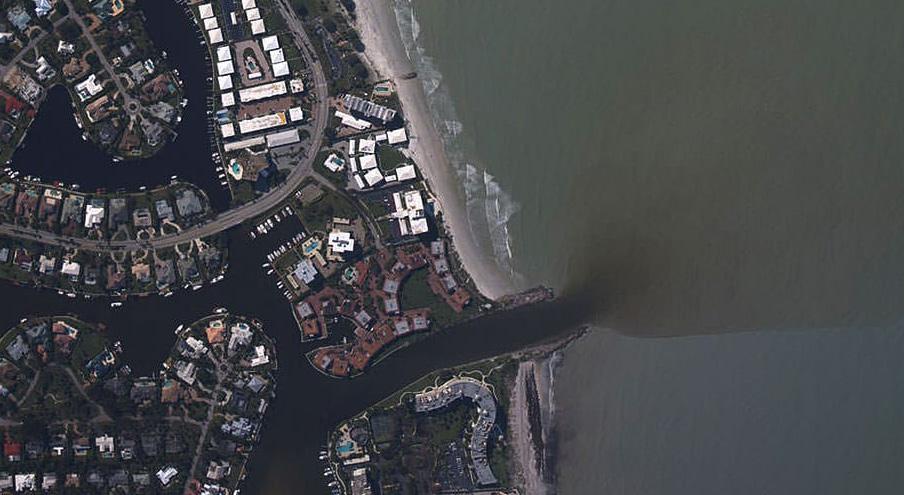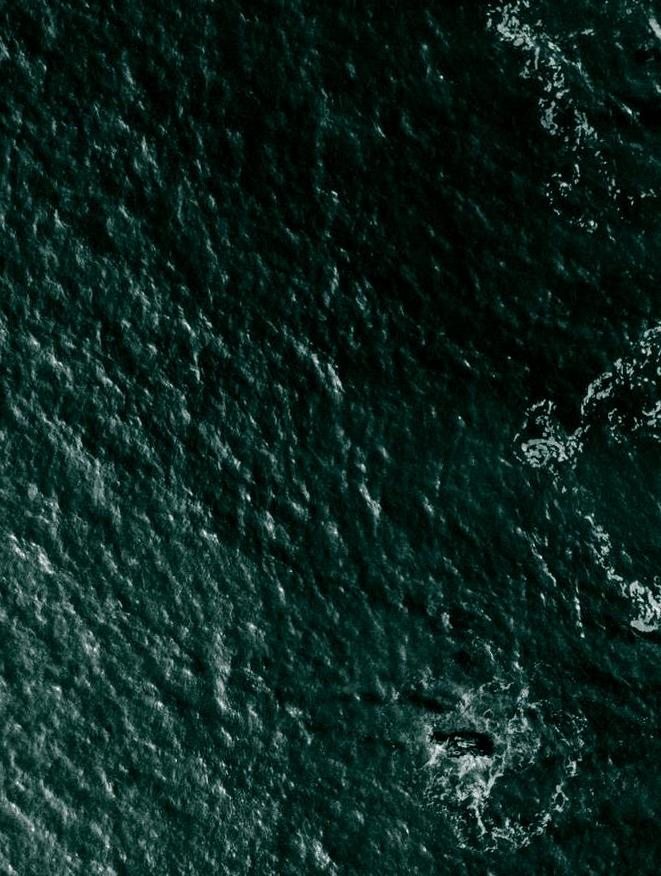
2 minute read
Pacific Ocean
20
Advertisement
A California sea lion hunts for fish on a kelp paddy at Cortes Bank, a seamount off San Diego.
Hard corals carpet a shallow seafloor on Kingman Reef, in the Northern Line Islands, about 1,250 miles south of Hawaii
A diver waits in still water under the crashing pipeline of Oahu Island, Hawaii. THE LARGEST AND DEEPEST OCEAN ON EARTH
Pacific Ocean
The name Pacific is a version of pacify or peaceful. It was named by the explorer Ferdinand Magellan in 1520 as he sailed through a calm patch of water on the ocean. Despite its name, the Pacific is a vast body of water teeming with activity Much of the ocean is still waiting to be explored, but human activities like industrial fishing, deep-sea mining, and fossil-fuel burning are already changing it in significant ways. The vast body of water is home to some of the most unique life forms on Earth and contains the deepest reaches known to humankind.
The Pacific Ocean stirs up some of the strongest hurricanes ever seen. For example, in 2018 the strongest storm of the year was Super Typhoon Mangkhut. It hit the Philippines in late September before dissipating over mainland China. At its strongest, the storm’s winds topped 165 miles per hour, uprooting trees, destroying homes, and causing deadly mudslides.
Great Pacific Garbage Patch
Between Hawaii and California is an area larger than the state of Texas that has been dubbed the Great Pacific Garbage Patch. Though the name may conjure up a massive island of plastic jutting out of the sea, 94 percent of the plastics found in the patch are actually microplastics— tiny pieces of plastic smaller than a grain of rice and often impossible to see with the naked eye. Much of the heaviest plastic found in the patch is abandoned fishing gear, often referred to as “ghost nets.” Ghost nets threaten marine life because they can easily ensnare animals swimming by.
The garbage patch in the Pacific is the largest known on the planet, but several others can be found in other oceans (five main ones are often reported). Debris tends to collect in swirling, circular currents called gyres. Experts say that cleaning up the patch entirely is likely impossible, but some are trying to at least mitigate the problem. One Dutch company called Ocean Cleanup has invested $32 million as of early 2019 in cleaning up the Pacific Garbage Patch. Early ocean trials have so far shown mixed results.
BETWEEN HAWAII AND CALIFORNIA IS AN AREA LARGER THAN THE STATE OF TEXAS THAT HAS BEEN DUBBED THE GREAT PACIFIC GARBAGE
A sea turtle has been affected by a plastic bag in the area of Great Pacific Garbage Patch
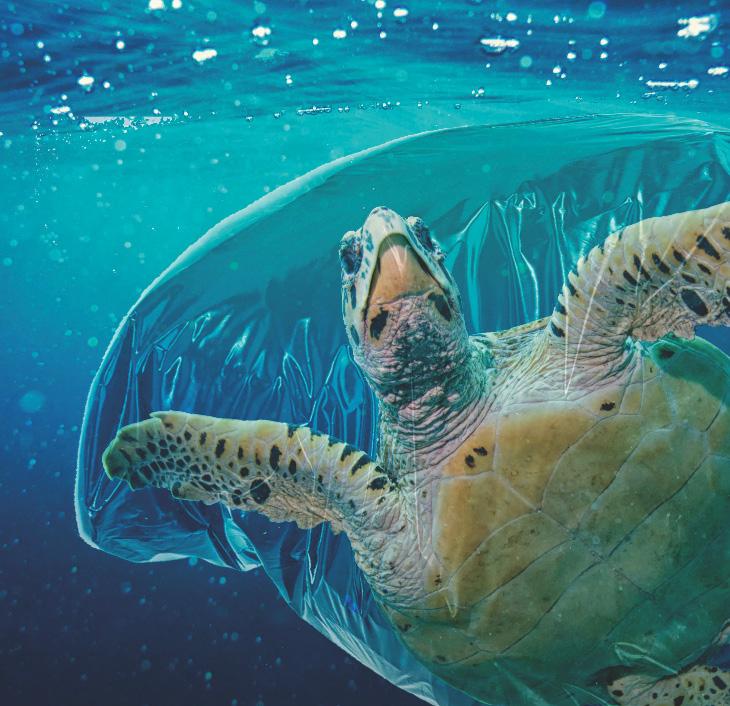
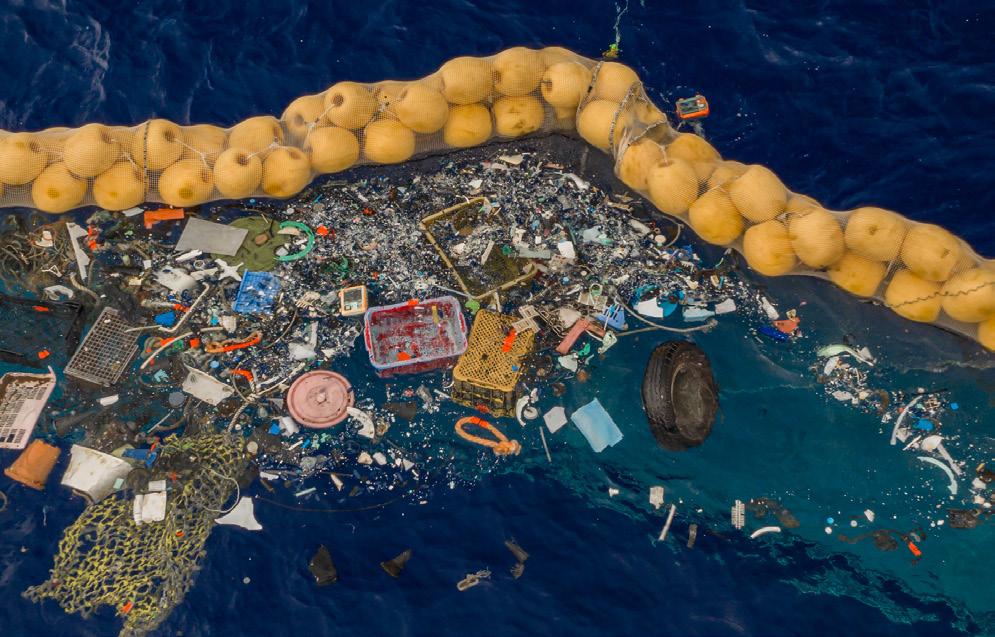
Ocean cleanup device for catching wastes and plastic

